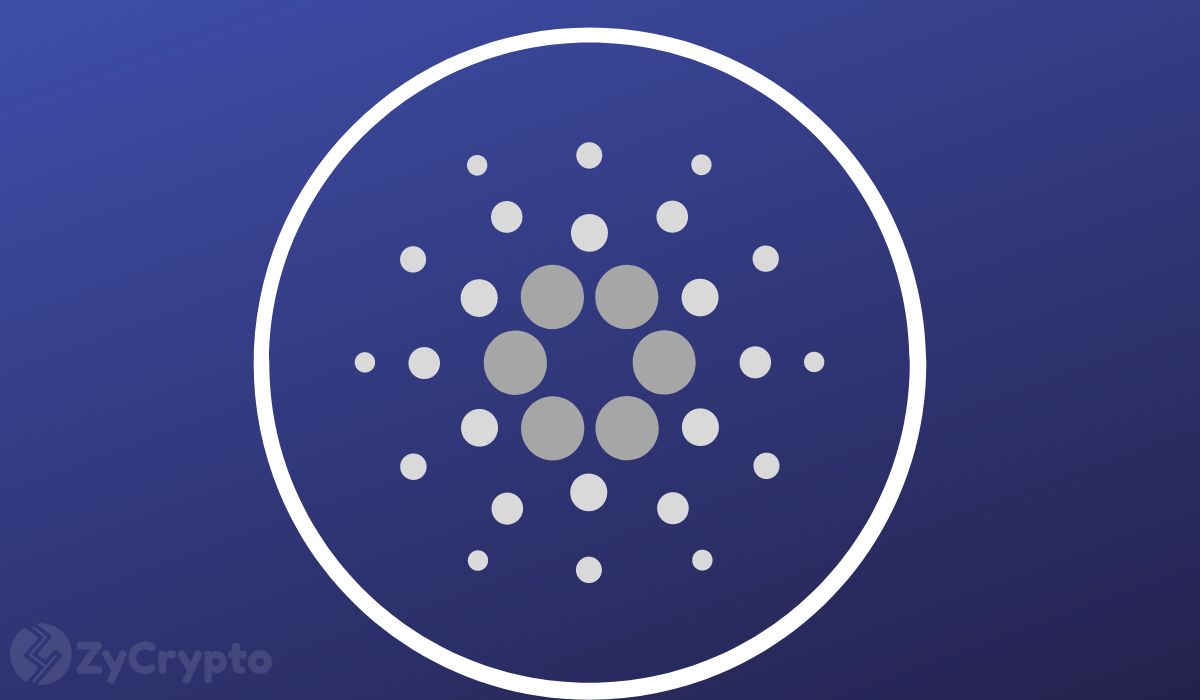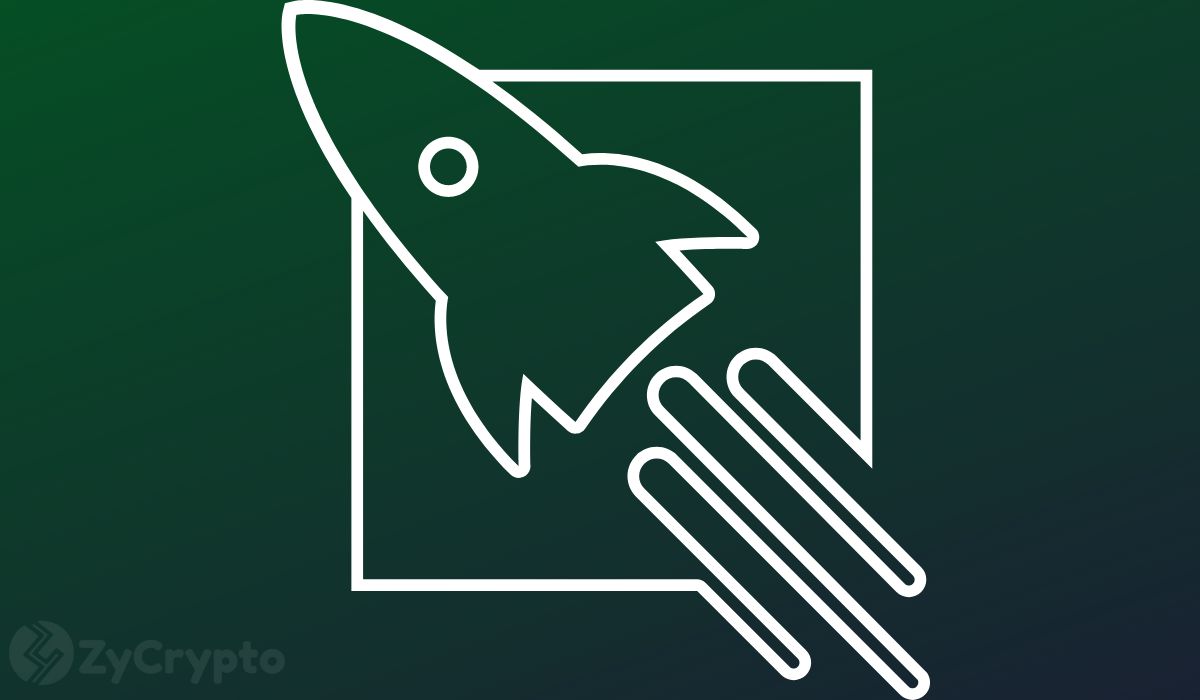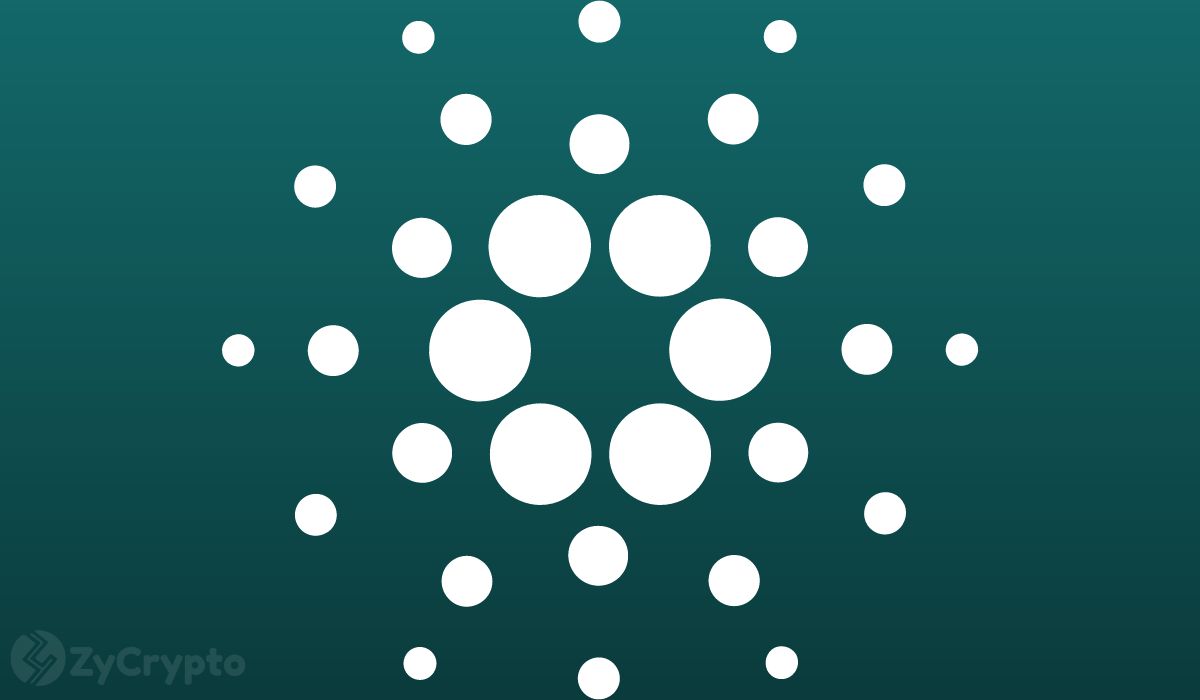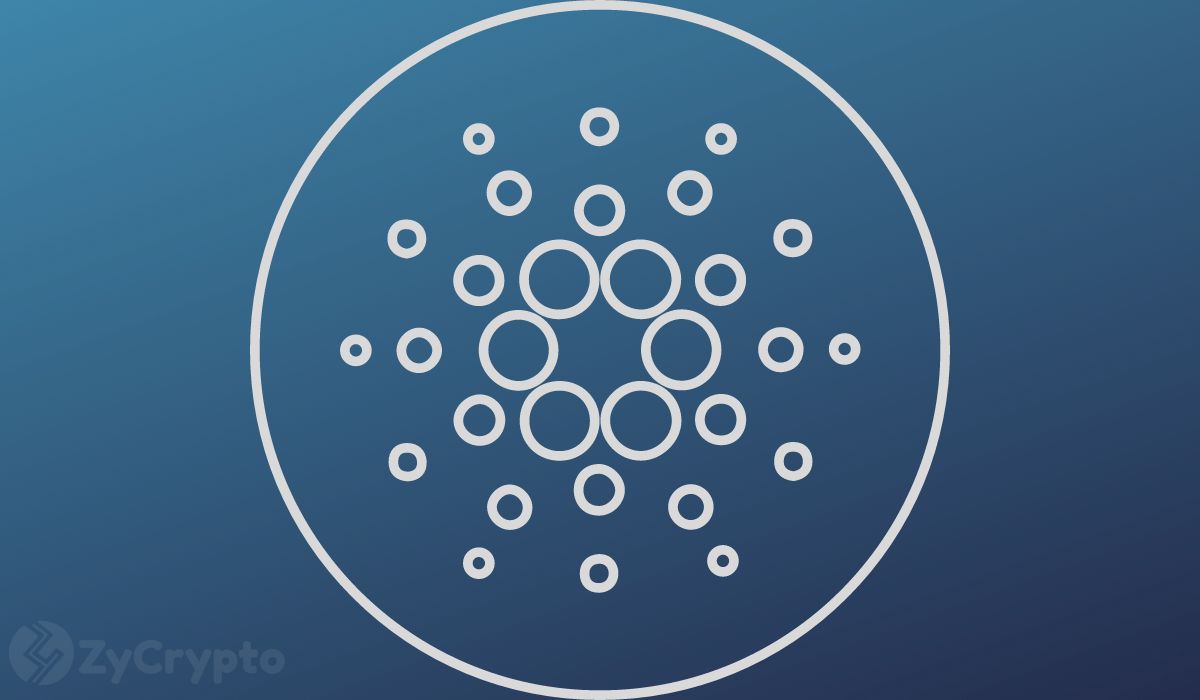2018-11-14 02:35 |
Horizen (ZEN), formerly called ZenCash, is a privacy-focused blockchain network with an ambitious goal: to put consumers back in control of their digital footprint. Last week, I spoke with Horizen Co-founder and President Rob Viglione to learn more about Horizen as well as the platform’s recent brand expansion.
What follows are some of the highlights of that interview, as well as a video of the full conversation. Topics covered include the history of Horizen, the reasoning behind the brand expansion, and a lengthy discussion on the future of the project, including two flagship apps which are to be released later this month.
UH: Can you give a quick explanation of Horizen for anyone who isn’t super familiar with the platform?
RV: You know, this is always funny, because you can go back and watch my other YouTube videos, and it probably evolves a little bit every time. Really, the vision is to flip upside-down the last 30 years worth of business model coming out of Silicon Valley, which is essentially: tech companies with these great platforms capture a trove of data that you hand over to them, and they monetize it.
What we’re trying to do is flip that upside-down. Start with a privacy primitive; acknowledge that everyone has a fundamental right to privacy. And now we can start building a platform and applications around that concept. And that’s exactly what Horizen is. We’re using blockchain technology, which we’re evolving to a block DAG, hopefully, if everything works out … to ultimately endow individuals to own their digital footprint, so they can monetize it, or control it, or wipe it, or do whatever they want.
So that’s the vision. We use this technology to get there because we think it’s appropriate for it, and that’s really what we’re all about. We’re building out a decentralized ecosystem that makes sense economically. We’ve thought very carefully about incentives across all stakeholder groups in our system. So you know, it’s a very complex project that we think has simple goals. The goals themselves sound simple, but they’re very difficult to get there.
UH: This phrase, “a fundamental human right to privacy,” comes up quite a bit when you talk about Horizen. Why do you think privacy is something everyone should care about?
RV: We’re digitizing everything. We’re putting our lives on digital platforms. We’re putting our economic well-being on digital platforms. And we’re starting to see now that that leaves people vulnerable. That’s why even governments, like with the European Union and GDPR, are mandating that companies preserve their customers’ data and privacy. So what we’re doing is decentralizing the process and making sure that companies don’t even have the data. So I think what we’re doing is actually very much in line with the intent of what the governments are doing…
I think we’re just trying to apply this philosophy in the consumer domain. What we’re talking about now is going deeper into the product domain and saying, “Hey, maybe even the telecom providers shouldn’t be tracking our geolocation all the time. Maybe your geolocation should be yours. And if you want to sell it to marketers, you can do that!” That should be your choice versus, by using the device, you’re giving up all of your privacy.
UH: What was the original inspiration behind forking ZenCash from Zclassic?
RV: I joined Zclassic because I was fascinated…completely fascinated with zk-SNARKS, you know the zero-knowledge cryptography applied into cryptocurrencies. I thought it was mathematically extremely elegant. I thought, “This is the future of privacy.”
Zclassic was a project with a very narrow mandate. The mandate was essentially to mimic Zcash. Going to ZenCash, we realized that there was so much more that we want to do, but we don’t want to hijack [Zclassic] because the project has value. But [Zclassic] also has value within some very narrow mandate. We want to do so much more. We want to decentralize everything—the governance, the treasury. We want to create a treasury actually! We wanted to take the technology in a completely different direction, looking at sidechains for scalability, on-chain scalability with a block DAG. You know, there was so much that we wanted to do that we had no right to do within the Zclassic mandate.
UH: The white paper for ZenCash was only published in May of last year. Did the vision for ZenCash changed dramatically leading up to the brand expansion, or does the brand expansion just better capture what ZenCash was always meant to be?
RV: Really the latter. The brand expansion going to Horizen was a professionalization of what we had become, and more importantly, where we want to go. We started with this white paper in May of 2017. And we actually rushed through almost everything in that white paper, but there’s so much more that we’ve evolved since then. Sidechains weren’t even part of the original white paper, and to me, sidechains are our future. It’s one of our core technology differentiators.
The other stuff was really cool from a privacy perspective, but it was really a set of products that run with our blockchain. Now we’re talking about completely revamping the blockchain to a block DAG; we’re talking about sidechains. So we had to have a reawakening, or kind of a circle back. The rebrand or brand expansion was actually a huge part of that: capturing the very important messaging stuff. It was a huge effort actually. I can’t even say huge enough times!
UH: What was the process like for the brand expansion? Obviously there’s an inherent risk there; you don’t want to alienate your previous community. What’s the reception been like so far?
RV: So far it’s been phenomenally, overwhelmingly positive. Though of course, initially we had a very small set of people who were very much against it. In anything you do, you’re going to have a distribution of reactions to it. The distribution was very heavily skewed towards, “This is a very positive thing.” Some people completely loved it. I’d say the majority of people really liked it, or maybe loved it. There were people who were indifferent, and on the tail of the distribution, on the other side, you had those who just absolutely despised it. ZenCash was the best thing in the world, and any change from that was absolutely horrible. And that’s fine. And there’s also legitimate criticisms, that maybe they just don’t like it. And that’s fine too.
But the way we did it, we brought on a very professional team of branding experts and embedded them into our marketing team. Then we put together a series of inquiries to our community. We had general surveys to the community and then we had key stakeholders identified that represented a cross-section of our stakeholder set, a very unique cross-section. We had people who were tech-oriented. We had people who were more business oriented. We had people that were key investors. We had people that were actually former regulators, because we wanted to make sure also, “How do regulators see this project?” We don’t want to be antagonistic to regulators…
So really we put together this cross-section of information from different stakeholders and synthesized that. The team was a crack team of branding experts with our marketers. They digested this trove of information and then teased out the common factors. And the common factors really pointed them towards, “How do people perceive the project today and then where do they want it to go?” And from this, then they started formulating a message around that, a message that captured what people want. And then they spit out a set of names that then we could choose from. From there it went into logo design and then an execution plan to unroll this to the market.
UH: How long had you been working on the brand expansion prior to the reveal?
RV: It was actually a four- or five-month project. And you know, in the grand scheme of things, 4 or 5 months sounds like not so much. But in the crypto world, 4 or 5 months is like 10 years!
UH: What are some of the things you and the team are currently working on to finish out the year?
RV: One of the coolest things we had in our team meeting earlier today — and we do team meetings three times a week, where we have all hands and all the divisions report the big stuff that they’re working on — and the coolest thing was the product team came forward with the final delivery of our flagship product. So we’re not even calling it a wallet anymore, because we’re going beyond just being a wallet. Ultimately this thing is going to be an amazing kind of all-inclusive application. We just received that, going through multiple iterations on it, and we’re in the final iteration now. We’re testing it and everything is looking amazing…
So I’m super excited. We’re going to announce an actual release date, but it’s going to be the end of this month. So the end of November you’re going to have two amazing products hit market that I think will differentiate us…
On the core technology side, what gets me most excited is the sidechain stuff. The sidechain stuff is absolutely critical for our future direction, where we want to go as a platform, and for massive scalability. Because now, rather than trying to force everything through the main chain, we can start parsing off specific things, like a tokenization sidechain. And now anyone that wants a nice, rapidly scalable, massive transaction throughput, absolute secure token standard, you can now use a Horizen sidechain. To me that’s absolutely critical, because now there’s a whole set of business you can build on that.
UH: How do you view Horizen’s place within the broader cryptocurrency industry. You mention that you don’t necessarily see yourselves as having to be in direct competition with everybody. That being said, Horizen does seem to be combining some of the features that you’ll find in different blockchain platforms. Can you speak to that a little bit?
RV: Absolutely. The way that I view us in the competitive space is, we’re building out a platform that’s very privacy centric and massively scalable. What does that mean in terms of competition on the market? We do want to take a position where, if you’re a business and you want to build on a blockchain, or you have a dApp and you want to build on a blockchain, you would choose our sidechain to do it…
If you look at the different dimensions of this industry, you’ve got smart contracting, you’ve got platforms without necessarily smart contracting, you’ve got different types of privacy mechanisms and different types of business functionalities. If you look at all of these, we have some unique characteristics. I think the industry needs a lot of competition and a lot of experimentation across all of them.
I think we’ll forge our space, where, you know, we’re very business oriented. Our team is very well structured, very organized… Our approach is, we’re not just creating an infrastructure and saying, “Here, come plug into it.” We are saying we will dedicate a team to actually integrate you and make sure you have a great user experience, for instance—which is something that’s a little different. The industry has been more about, “Let’s create technology and then people will come and use it.” We want to build technology that suits users’ requirements and then we help them use it to make sure that they have a phenomenal experience. That’s our approach to things. So for segments of the industry where that matters, I think we’ll be a very competitive player.
The post Interview: Horizen (ZEN) President Rob Viglione Reflects on ZenCash Brand Expansion, Teases November Release for Flagship Apps appeared first on UNHASHED.
origin »President Trump (PRES) íà Currencies.ru
|
|





